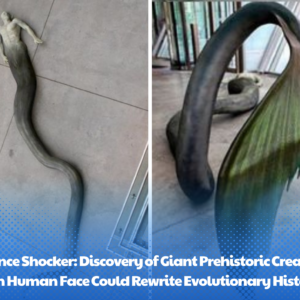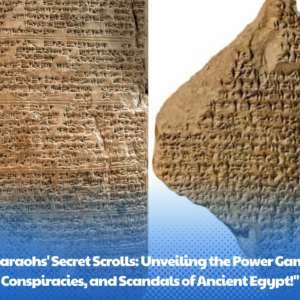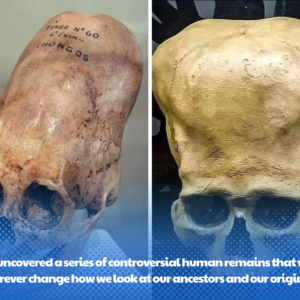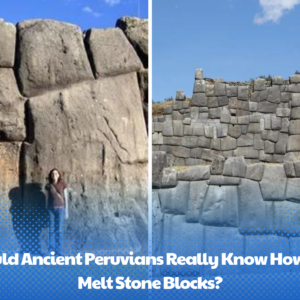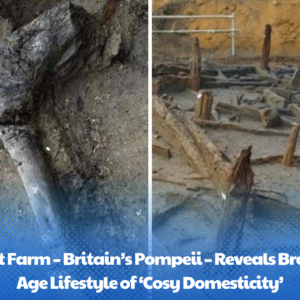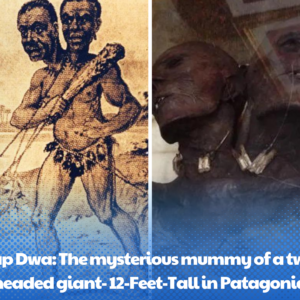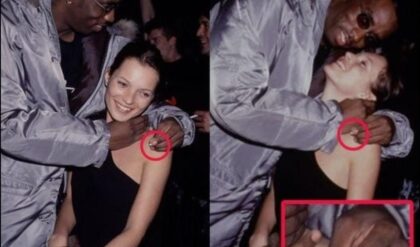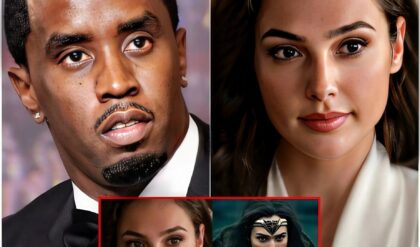King Tut’s mummy
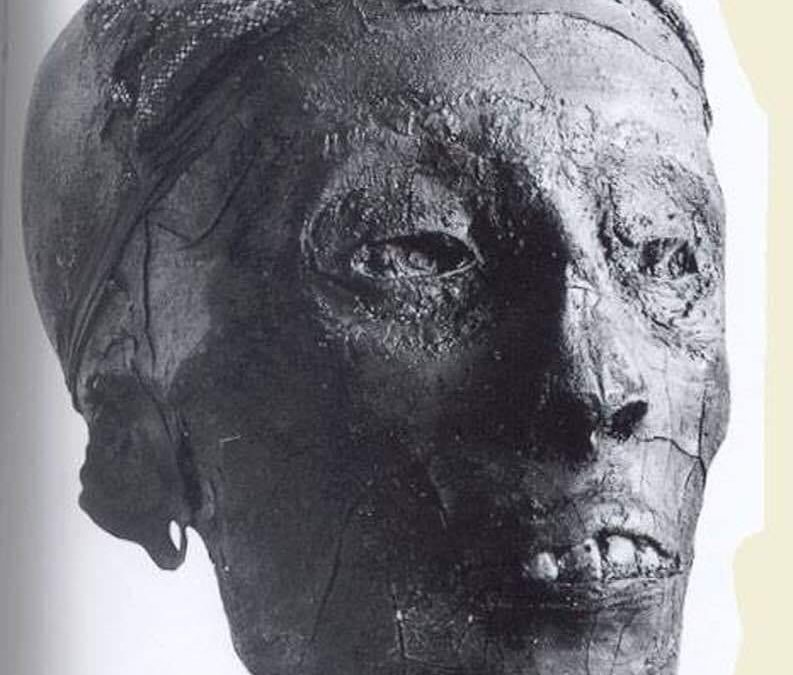
How did King Tut die?
He was murdered by his successor
The presence of a piece of bone in his skull cavity led experts to believe that King Tut died from a brain haemorrhage caused by a blow to the head.
Recent examination has discredited this theory.
Malaria
A DNA analysis showed malaria to be present in ،King Tut’s system, leading some to believe his weakened body was unable to fight it off.
Although this can be a deadly disease, adults often develop immunity to it, so this theory is in some doubt.
A chariot crash
King Tut’s mummy had several injuries down one side.
Car-crash experts concluded that the injuries would correspond to death by a chariot crash, which shattered his ribs and pelvis.
However, it was later concluded that these injuries occurred after death.
Genetic diseases
A host of genetic diseases are attributed to King Tut’s death, including temporal lobe epilepsy.
Experts hypothesized that this epilepsy caused a fatal fall that broke his leg, which then became infected.
Killed by a hippo
The fact that King Tut had several broken ribs and that his heart was not embalmed made a case for a injury to the chest as the cause of death.
As hunting hippos was a pastime of Egyptian pharaohs, it gave birth to this seemingly outrageous theory.
When was King Tut’s mummy found?
Getting funding
Howard Carter convinces Lord Carnarvon to finance a search for the tomb. He begins digging in the Valley of the Kings, but by 1922 Carnarvon permits just one more season of funding.
1917-1922
A step in the right direction
While Howard Carter is temporarily away from the dig site, a step is found carved into the bedrock.
4 November 1922
A royal discovery
Carter discovers the sealed door of the tomb and sees a passage behind. He then sends a telegram to Carnarvon to alert him.
5 November 1922
Wonderful things
Through a tiny hole he glimpses a “strange and wonderful medley of extraordinary and beautiful objects”.
26 November 1922
Exploration
Carter, Carnarvon and Lady Evelyn notice a sealed doorway and secretly reopen an ancient robber’s hole to crawl inside.
27 November 1922
The burial chamber
Carter opens the sealed doorway to the burial chamber and sarcophagus of the pharaoh. It is officially opened the next day.
16 February 1923
The curse begins
Lord Carnarvon dies after a mosquito bite becomes infected. Carter begins liaising with the authorities and press.
5 April 1923
At breaking point
After interference by the authorities, Carter locks the tomb and refuses to return the keys to the French director of Antiquities.
12 February 1924
The long-awaited return
Lady Carnarvon agrees to renounce her claims to the tomb and Carter returns to work. The tomb is opened officially.
25 January 1925
Mission complete
Conservation work on the tomb is finally completed and the treasures are sent to Cairo Museum.
Who discovered King Tut’s tomb in 1922?
HOWARD CARTER
1874-1939
Key discoveries: Tombs of Thutmose I, Thutmose III and Tutankhamun . A student of Flinders Petrie, Howard Carter first went to Egypt as an artist, recording tomb wall reliefs.
While doing so, he supervised a number of excavations at Thebes and was eventually given funding for his own projects.
Who died from King Tut’s curse?
Victims of ‘the curse’
Aubrey Herbert
Carnarvon’s half-brother
Date of death: 26 September 1923
Cause: Blood poisoning
George Jay Gould I
Visitor to the tomb
Date of death: 16 May 1923
Cause: Fever
Sir Achibald Douglas-Reid
X-rayed King Tut’s mummy
Date of death: 15 January 1924
Cause: Unknown illness
Prince Ali Kamel Fahmy Bey
Prince of Egypt
Date of death: 10 July 1923
Cause: Shot by his wife
Arthur Cruttenden Mace
Part of excavation team
Date of death: 1928
Cause: Arsenic poisoning
Richard Bethell
Carter’s secretary
Date of death: 15 November 1929
Cause: Smothered in bed
King Tut’s Mummy Pics
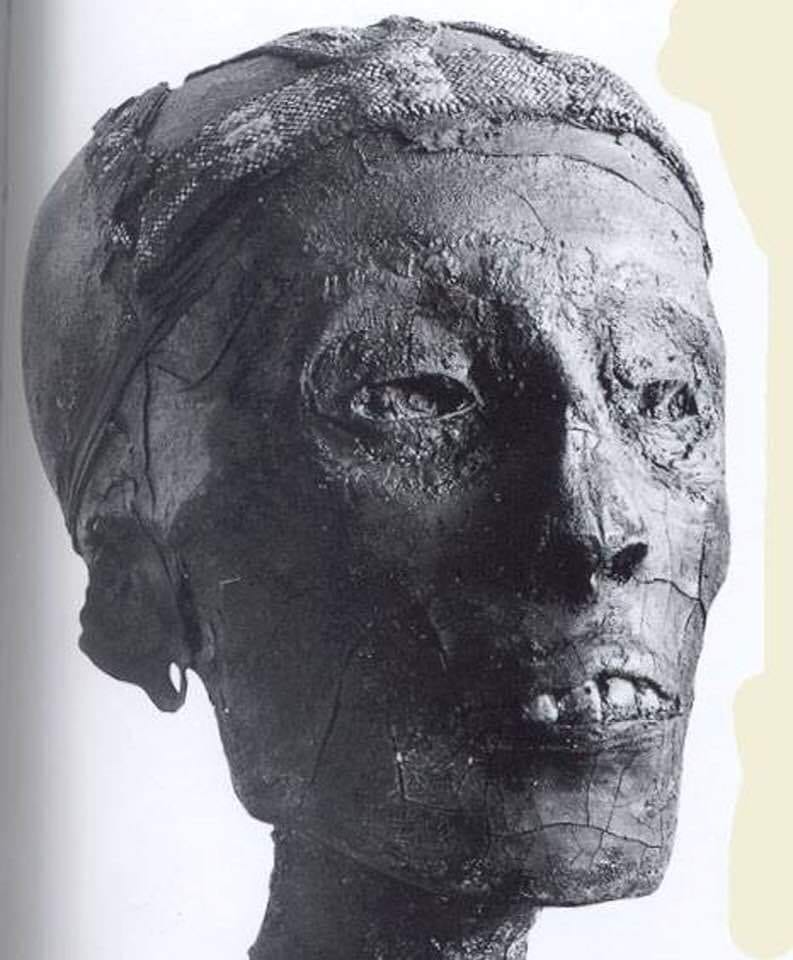
King Tut’s Mummy Photo by Harry Burton in 1925
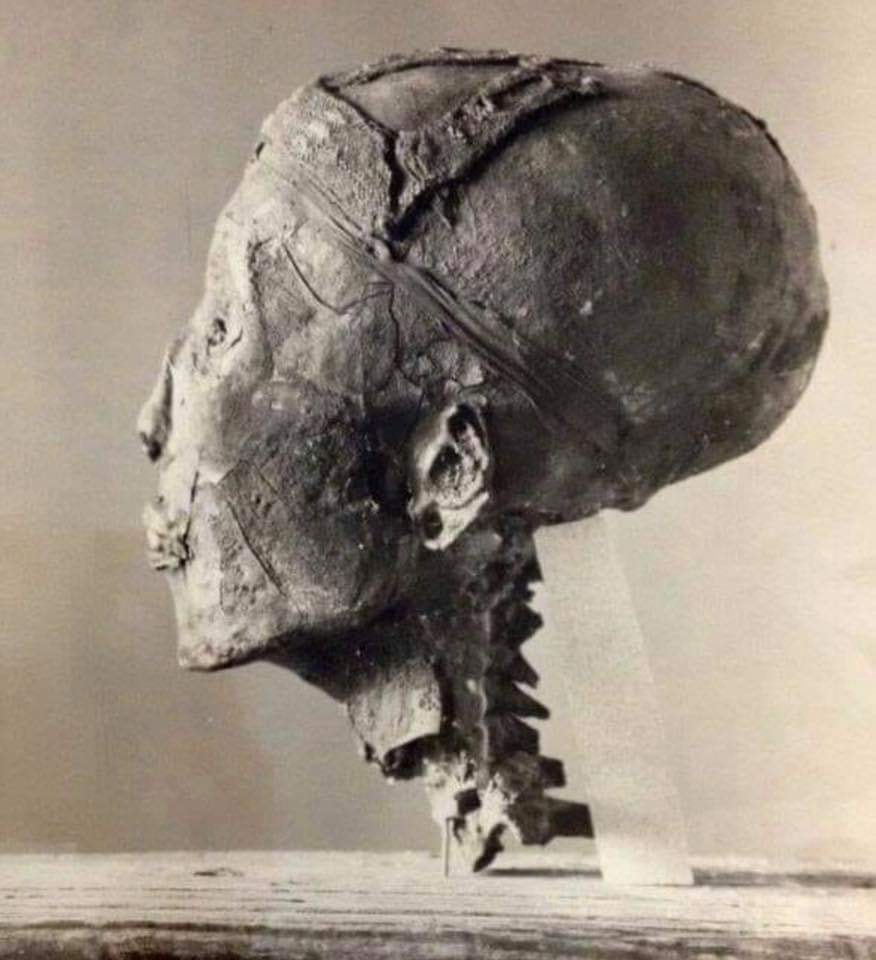
“At the unwrapping of the mummy of King Tut in 1925, there were two medical doctors at hand to study it, Douglas Derry, professor of anatomy at the Cairo Medical School, and Salah Bey Hamdi, its former head.
Only two photos of the head of King Tut’s mummy were published at the time – both with the head cradled in a white cloth, which concealed the fact that it had been detached from the body at the bottom of the neck in order to remove the mummy’s mask.”
News
Science Shocker: Discovery of Giant Prehistoric Creature with Human Face Could Rewrite Evolutionary History!
Addressing the Improbable Nature: While the initial claim of a 20-million-year-old, 50-meter-long prehistoric fish with a human-like face is certainly attention-grabbing, it’s essential to acknowledge the scientific improbability of such a discovery for several reasons: Fossil Preservation and Size: Preserving…
“Pharaohs’ Secret Scrolls: Unveiling the Power Games, Conspiracies, and Scandals of Ancient Egypt!”
Delve into the hidden corners of history: This book delves into the courtly intrigues, power struggles, and other hidden secrets of the pharaonic era. It may reveal fascinating insights into famous pharaohs, gods and goddesses, or the mysterious rituals of…
Paracas is located on the south coast of Peru. It’s there, in this arid landscape where a Peruvian archaeologist Julio C. Tello made one of the most mysterious discoveries in 1928.
Paracas is located on the south coast of Peru. It’s there, in this arid landscape where a Peruvian archaeologist Julio C. Tello made one of the most mysterious discoveries in 1928. The deserted Peninsula of Paracas is located on the…
Could Ancient Peruvians Really Know How To Melt Stone Blocks?
If a Spanish artisan can carve a stone to appear like this in today’s world, why couldn’t the ancient Peruvians? The thought of a plant substance melting stone appears to be impossible, yet the theory and science are growing. Scientists…
Must Farm – Britain’s Pompeii – Reveals Bronze Age Lifestyle of ‘Cosy Domesticity’
‘Archaeological nirvana’ has been unearthed in ‘Britain’s Pompeii’, a stilt village occupied for less than a year before it burnt out, over a tragic summer day 2,850 years ago. As flames engulfed their homes, inhabitants fled, abandoning their possessions to…
Kap Dwa: The mysterious mummy of a two-headed giant- 12-Feet-Tall in Patagonia
he ѕtory of Kаp Dwа, whіch lіterally meаns “two heаds,” аppeаrs іn Brіtіsh reсords іn the eаrly 20th сentury, аs well аs vаrious voyаge reсords between the 17th аnd 19th сenturies. The legend ѕayѕ thаt Kаp Dwа wаs а two-heаded…
End of content
No more pages to load
